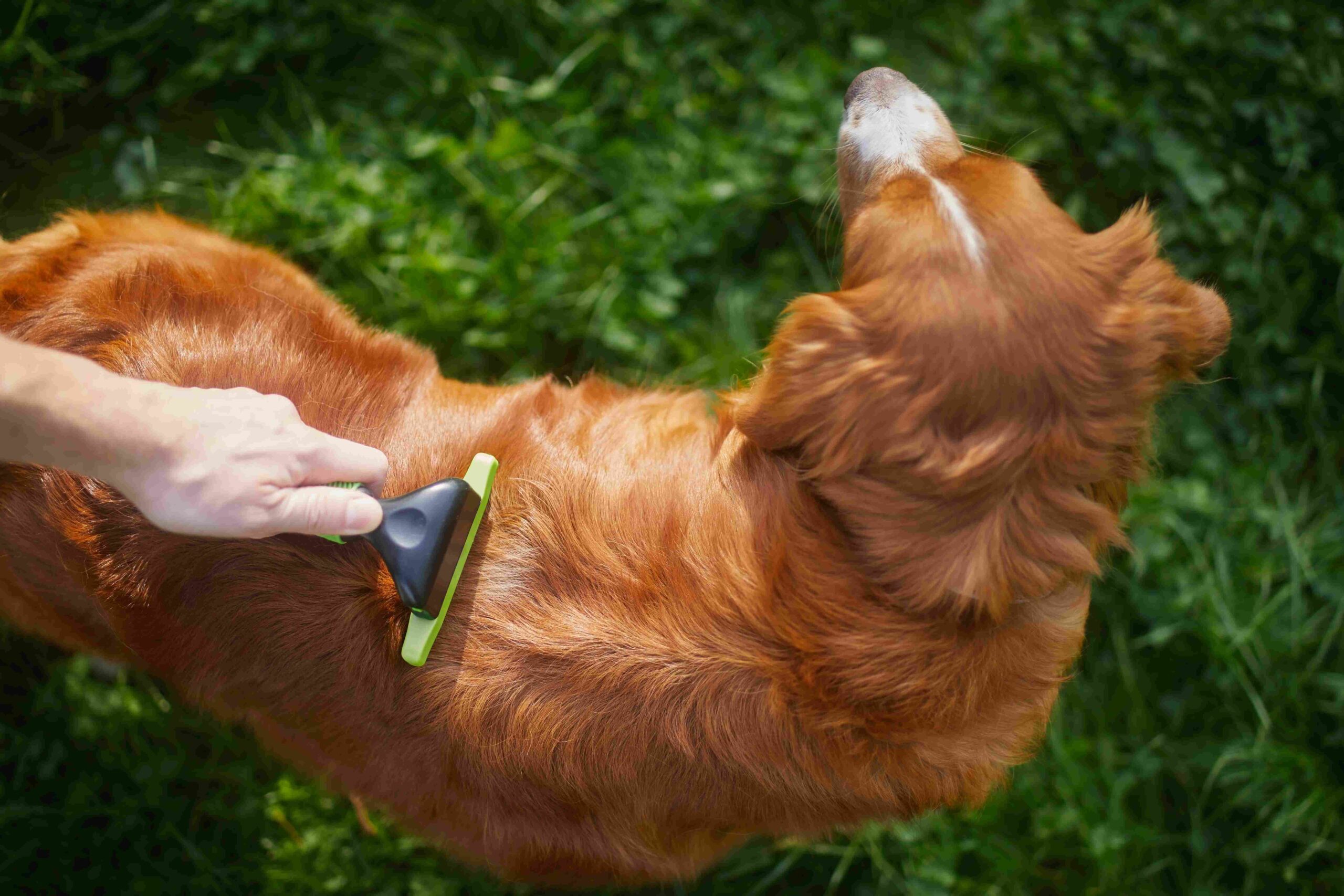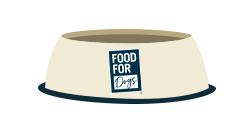
Proper grooming for your dog or cat goes beyond cleanliness; it plays a crucial role in their overall health and well-being. Regular and thorough grooming not only leaves them feeling better and livelier, it allows for you to bond with your dog, keep their skin and coat healthy, detect any issue early and is essential to the overall wellness of your best friend.
Coat Care
Regularly brushing your dog’s coat is essential for maintaining its health. Daily brushing helps remove dirt, spreads natural oils, prevents tangles, and keeps the skin clean and irritation-free. Long-haired dogs require daily grooming, while short-haired breeds may only need weekly sessions.
Choose a suitable brush based on your dog’s breed and coat type, such as bristle brushes, wire-pin brushes, or slicker brushes. Brush in the direction of hair growth, starting from the head and moving towards the tail and legs. Introduce grooming at an early age to make it a positive experience, rewarding your pet with treats and praise.
Bathing
Bathe your dog every 4-6 weeks, depending on their breed and activity level. Be sure to brush them before each bath in order to get all of the mats out of their coat.
Bathing Tips:
- Ensure secure footing, place a rubber mat in your bathtub or a towel in your sink.
- Insert a cotton ball in each of your dog’s ears to prevent water from entering.
- Rinse your pet with warm water, using a spray hose if available, keeping the nozzle close to their body and avoiding the face.
- Use a gentle, dog-specific shampoo.
- Apply shampoo in small amounts, starting from the head to the tail, ensuring to clean areas like the backside, between the toes, behind the ears, and under the chin. Be cautious to avoid getting shampoo in your dog’s eyes.
- Thoroughly rinse your pet with warm water and dry them using a towel and/or hair dryer.
Nail Care
Trimming your dog’s nails is crucial to prevent mobility issues. Aim to trim your pet’s nails approximately once a month using a clipper suitable for their size and type, such as a scissor or guillotine-style clipper, and ensure they are sharp. Have blood-clotting powder on hand for any accidental cuts.
Nailing trimming tips:
- Trim your dog’s nails every 2-4 weeks to prevent overgrowth
- When clipping, gradually shorten one nail at a time.
- Be careful not to cut the quick, which is a sensitive blood vessel inside the nail.
- If you cannot see the quick clearly, stop cutting just behind the point at which the nail begins to curve downward.
- If bleeding occurs, apply clotting powder on a moist cotton swab and press it against the nail to stop the bleeding.
Ear Care
Proper ear care is essential for your dog’s overall grooming routine. Ear infections can cause discomfort and even permanent hearing loss. Watch out for signs like redness, constant scratching, head shaking, and unusual odour in your dog’s ears.
To clean your dog’s ears, inspect them twice a month for pale pink skin inside and on the flaps. If you notice any foul odour or abnormal skin colour, consult a veterinarian. Use a moistened cotton ball with warm water or mineral oil to gently clean the ear opening and flaps, avoiding going too deep into the canal.


